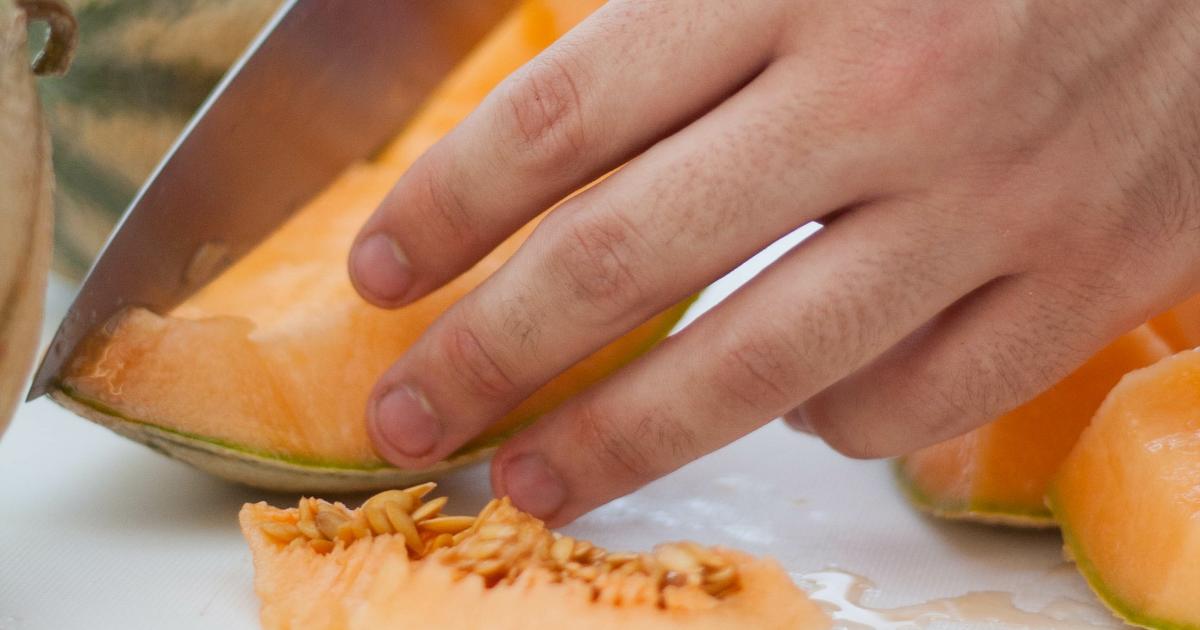
Suggested video What products are in season in June?
Video 1 sur 2
We’ve been waiting to taste it for months. Now that they’ve arrived, there’s no question of wasting a single bite. To taste it, there are two categories: fans of the knife and those of the teaspoon. But is one of these two methods more effective than the other? Here is the answer.
Each of these two options has an advantage, it will actually depend on the size of your melon.
For larger melons, the knife is more effective. Start by cutting it in half, in the direction of the furrows. Then carefully remove the seeds using a large spoon (ice cream scoops are very effective for this). Then cut it into quarters, then into slices. Finally, separate the skin from the flesh using a knife, taking care to follow the contours of the bark. A knife with teeth is more effective.
If your melon is small, you can simply eat it with a spoon after cutting it in half. This simple and fun technique can help you get children to eat fruit, even the most recalcitrant ones.
Although we are more accustomed to enjoying raw melon, as a dessert or as a starter accompanied by cold meats, it also lends itself very well to cooking. Vanilla compote, herbaceous confit, gazpacho or tart, once pureed or mixed, it perfectly takes on the role of garnish or star of the meal. Now it’s up to you to find the way you prefer to enjoy it!
In addition to being tasty and refreshing, melon is packed with good nutrients. Highly concentrated in vitamin A, it helps fight cellulite, wrinkles and helps skin cells to regenerate. In short, it’s a real well-being ally! Melon also helps combat water retention thanks to its high potassium content. The latter also allows it to reduce cramps and fight against hypertension. Finally, even if it is full of water, this fruit offers a real feeling of satiety.
Source:https://www.750g.com/couteau-ou-petite-cuillere-quelle-est-la-meilleure-methode-pour-manger-du-melon-sans-perdre-trop-de-chair-a37790.htm


